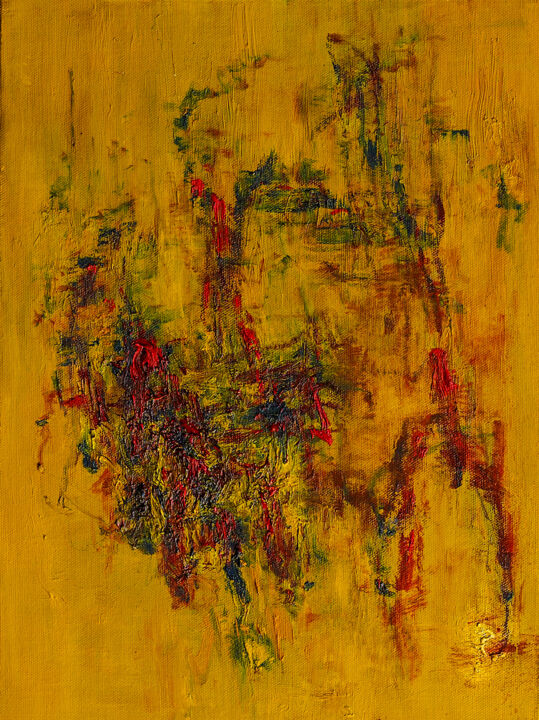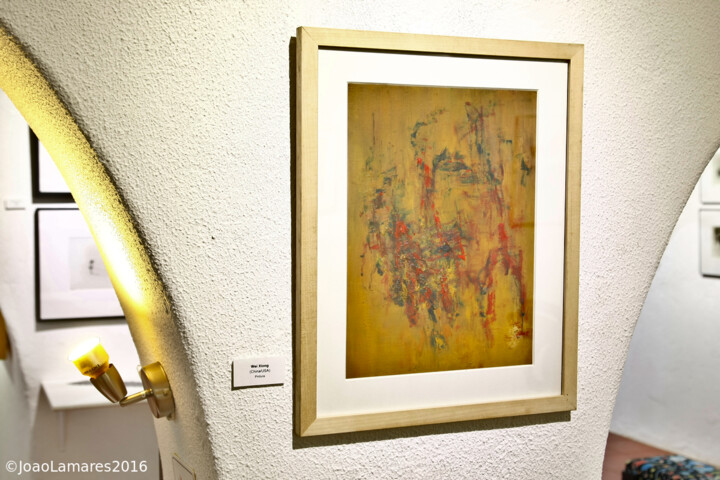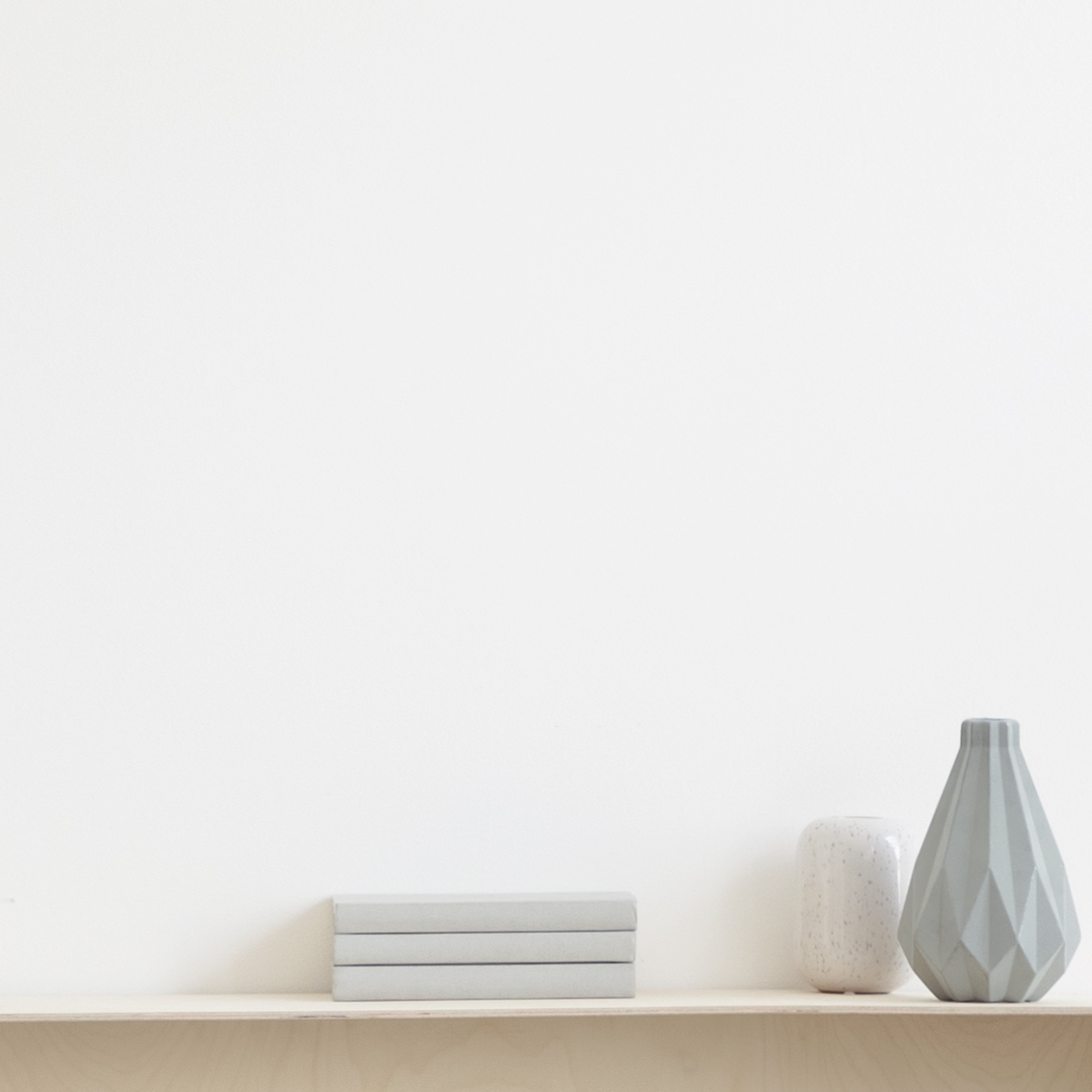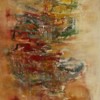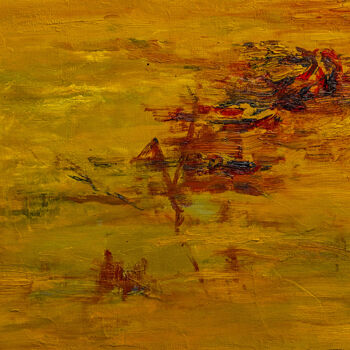Conceptual IV (2015) Painting by Wei Xiong
Not For Sale
Sold by Artmajeur
-
Original Artwork (One Of A Kind)
Painting,
Oil
on Canvas
- Dimensions Height 15.8in, Width 11.8in
- Artwork's condition The artwork is in perfect condition
- Framing This artwork is not framed
- Categories Paintings under $500 Abstract Abstract
Related themes
The defining aesthetic feature of the work of Chinese painter Wei Xiong, who divides her time between Los Angeles, where she worked for twenty years as a fashion designer before turning to painting full-time, and Chengdu, China, where she was born, is how seamlessly she has merged both her adopted and original cultural identities in her paintings. Inspired by a potent combination of Zen Buddhism, Chinese Philosophy and Western philosophy, Xiong has evolved a distinctive painterly perspective in works that adapt the ethereal elements and nature-inspired (albeit abstract, in her case) subject matter of traditional Asian ink painting on gossamer rice paper to the material presence of Western oil painting on canvas or linen without sacrificing the most distinctive features of either mode of expression. What she has retained from the former is a certain poetry of expression and coloristic restraint, which she bolsters with the textural substance of the latter in a manner that lends her compositions a unique flavor. What Xiong has obviously learned from her study of Zen is how to approach the things of this world from within, to absorb them and be absorbed by them, as opposed to experiencing them externally. It is an approach that lends itself quite naturally to the tranquil style of lyrical abstraction that she practices.
-
Nationality:
CHINA

- Date of birth : unknown date
- Artistic domains: Represented by a Gallery,
- Groups: Chinese Contemporary Artists Artists presented by a gallery

